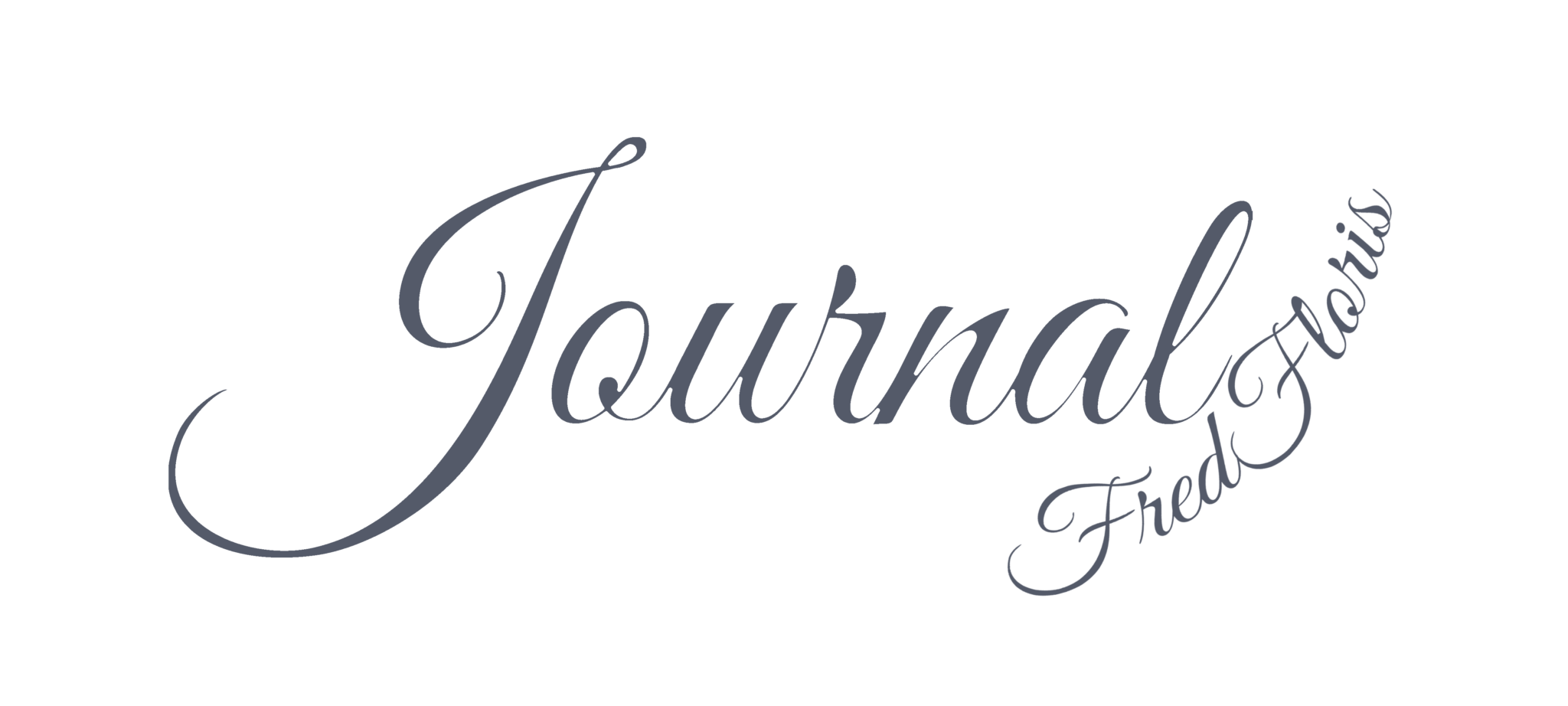By: Charles & Fred
Hey there, fellow fashion enthusiasts! As proud members of the FredFloris family, we are thrilled to share with you the captivating history of leather belts. But before we dive into the intriguing past of this timeless accessory, let us take a moment to introduce you to our Kickstarter campaign(Now ended).
At FredFloris, we want to bring you the finest leather belts crafted with great attention to detail and using only the highest quality materials. Our belts are handmade in our family-owned atelier in Sweden using full-grain bull hide leather, known for its durability and longevity. They can be personalised with your name or initials, making them a truly unique accessory.
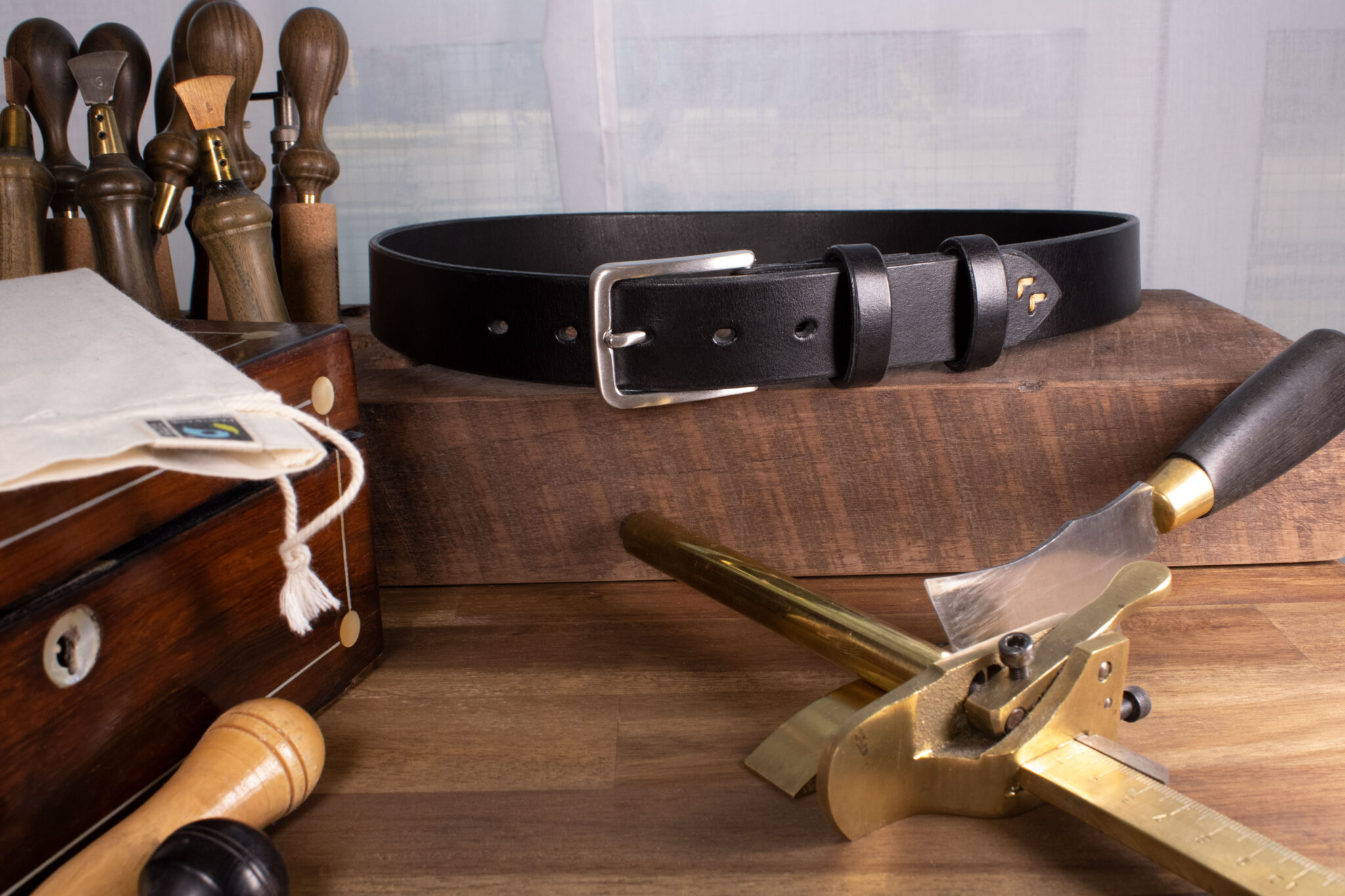
Now, let’s explore the fascinating evolution of this fashion staple!
Ancient Origins
In the annals of history, the story of leather belts stretches back thousands of years to the ancient land of Egypt. Picture the grandeur of the Nile River and the majestic pyramids that still awe us to this day. In this mesmerizing civilization, belts played a significant role beyond their functional purpose.
Belts were not only practical but also symbolized wealth and status. They were crafted from various materials, including woven fabrics and, of course, leather. Imagine walking alongside the mighty pharaohs, adorned with their magnificent leather belts.
Throughout the ancient world, leather belts became synonymous with power, authority, and fashion. They embodied the craftsmanship and artistry of skilled artisans, who honed their skills to create masterpieces that transcended time.

Medieval Mastery
Fast forward to the Middle Ages, and we find belts playing a crucial role in fashion and function. Belts served multiple purposes beyond holding garments in place. They became symbols of social status, reflecting the rank and nobility of the wearer. Belts were often made from luxurious materials such as fine leather, embellished with ornate buckles, engravings, and gemstones, showcasing the wealth and prestige of the wearer.
Knights, lords, and ladies of the medieval courts wore belts as an integral part of their attire. These belts not only held their garments together but also served as a means of displaying their coats of arms, family crests, and emblems. Such belts were often passed down through generations, carrying the weight of heritage and lineage.
Belts were also essential accessories for knights and warriors during battle. They held weapons such as swords and daggers, providing quick and easy access to their armaments. The belts were crafted to withstand the rigors of combat, ensuring that the weapons remained securely in place during intense clashes.
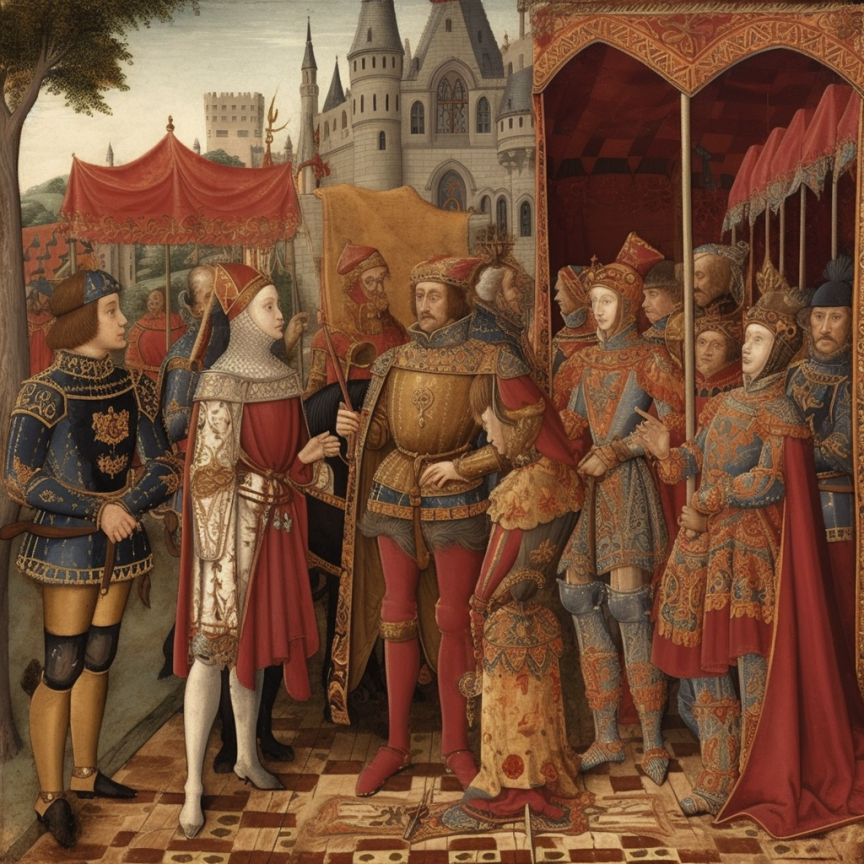
Fashion Renaissance
With the arrival of the Renaissance, a time of rebirth and transformation in the world of fashion, belts transcended their utilitarian purpose and transformed into fashionable accessories. They played a significant role in this sartorial landscape, adding both functionality and flair to Renaissance fashion. Elaborate and decorative buckles adorned wide leather belts, accentuating the waistlines of both men and women. The Renaissance era was a testament to the versatility of belts, seamlessly blending fashion with functionality.
Leather belts of the Renaissance era were often crafted with the utmost care and attention to detail. They were made from fine, supple leather and served as a means of cinching garments at the waist, creating a flattering silhouette. Renaissance belts were wider than those of the previous centuries, accentuating the waistline and adding a touch of elegance to both men’s and women’s attire.
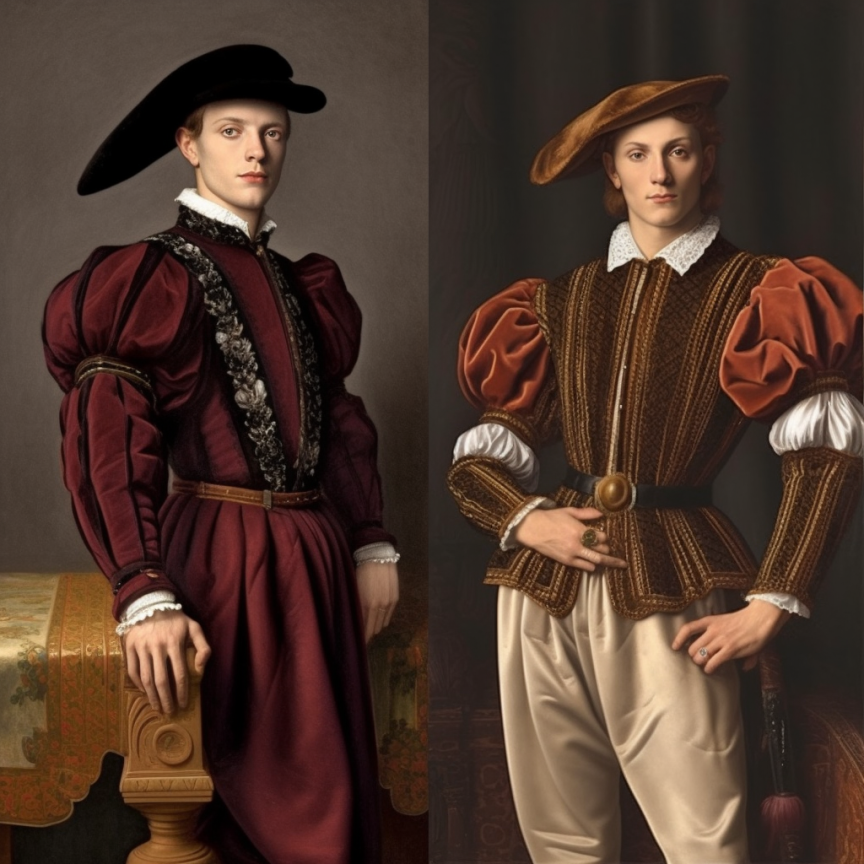
Industrial Revolution
The Industrial Revolution, a period of significant technological advancements and social transformation that began in the 18th century, had a profound impact on various industries, including the production of leather goods like belts. Traditional handmade craftsmanship gave way to mechanization, revolutionizing the landscape of belt manufacturing.
Prior to the Industrial Revolution, leather belts were predominantly crafted by skilled artisans, involving time-consuming processes of cutting, shaping, and stitching the leather by hand. However, the introduction of new machinery and mass production techniques brought about revolutionary changes in belt manufacturing.
Another notable development during the Industrial Revolution was the emergence of new materials, such as rubber and synthetic fibres, as alternatives to traditional leather in belt production. Despite the availability of synthetic options, leather belts maintained their allure, favoured for their timeless elegance and natural appeal.
With the adoption of mass production techniques, belts became more affordable, accessible to individuals from different social classes as a fashionable accessory. Belts ceased to be solely symbolic of wealth and status and became a ubiquitous item found in wardrobes across the social spectrum.
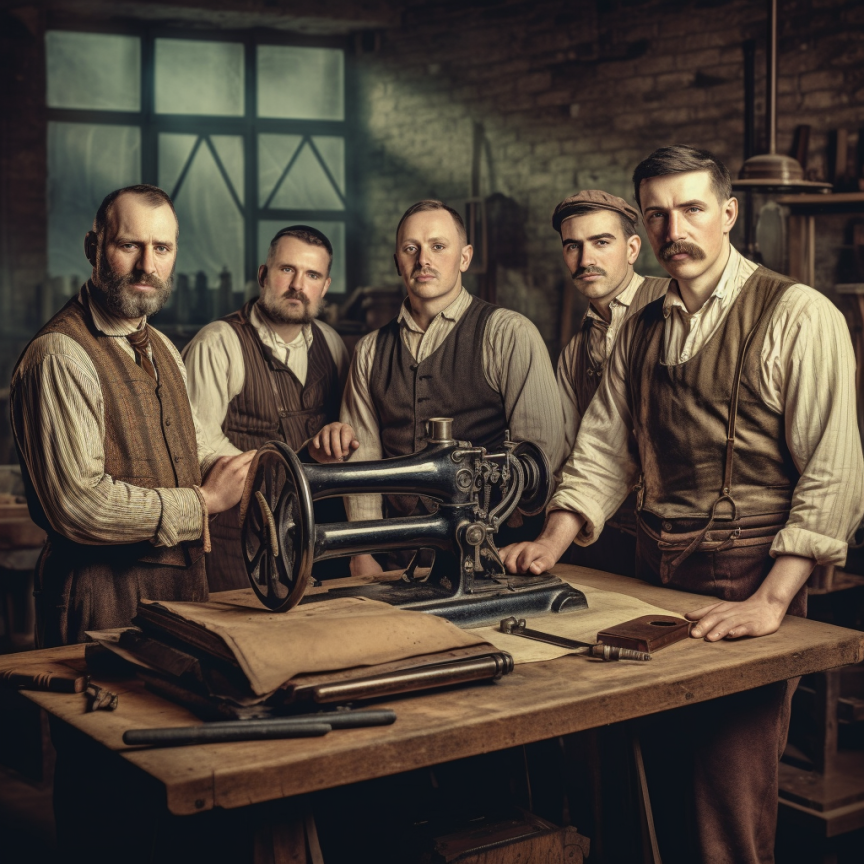
Modern Elegance
In today’s world, the production and availability of leather belts showcase a stark contrast. On one hand, there is a growing appreciation for artisanal craftsmanship and the allure of handmade, high-quality goods. On the other hand, mass production companies like Shein has led to the prevalence of cheaply made products that prioritize profits over craftsmanship and people.
While mass-produced belts offer affordability and convenience, they often lack the unique character and durability found in handmade belts. Mass production emphasizes efficiency and cost reduction, resulting in belts that may not withstand the test of time or exhibit the same level of craftsmanship and attention to detail.
In the realm of mass-produced belts, it is not uncommon to encounter those made from synthetic materials or inferior grades of leather. Although these belts may be more affordable, they lack the authenticity and durability inherent in carefully sourced, full-grain leather. Mass-produced belts may also suffer from inconsistent stitching, uneven edges, and lower-quality hardware, compromising their overall appearance and longevity.
In contrast, a handmade belt crafted from full-grain bull hide leather showcases the richness of this premium material known for its natural beauty, strength, and ability to develop a distinctive patina over time. Such belts age gracefully, becoming even more personal and unique with each passing year.
At FredFloris, we firmly uphold the values of traditional craftsmanship, creating exceptional handmade leather belts of superior quality. Our dedicated artisans pour their skills, expertise, and passion into every belt they craft, resulting in a product that embodies meticulous attention to detail, the use of superior materials, and timeless elegance.
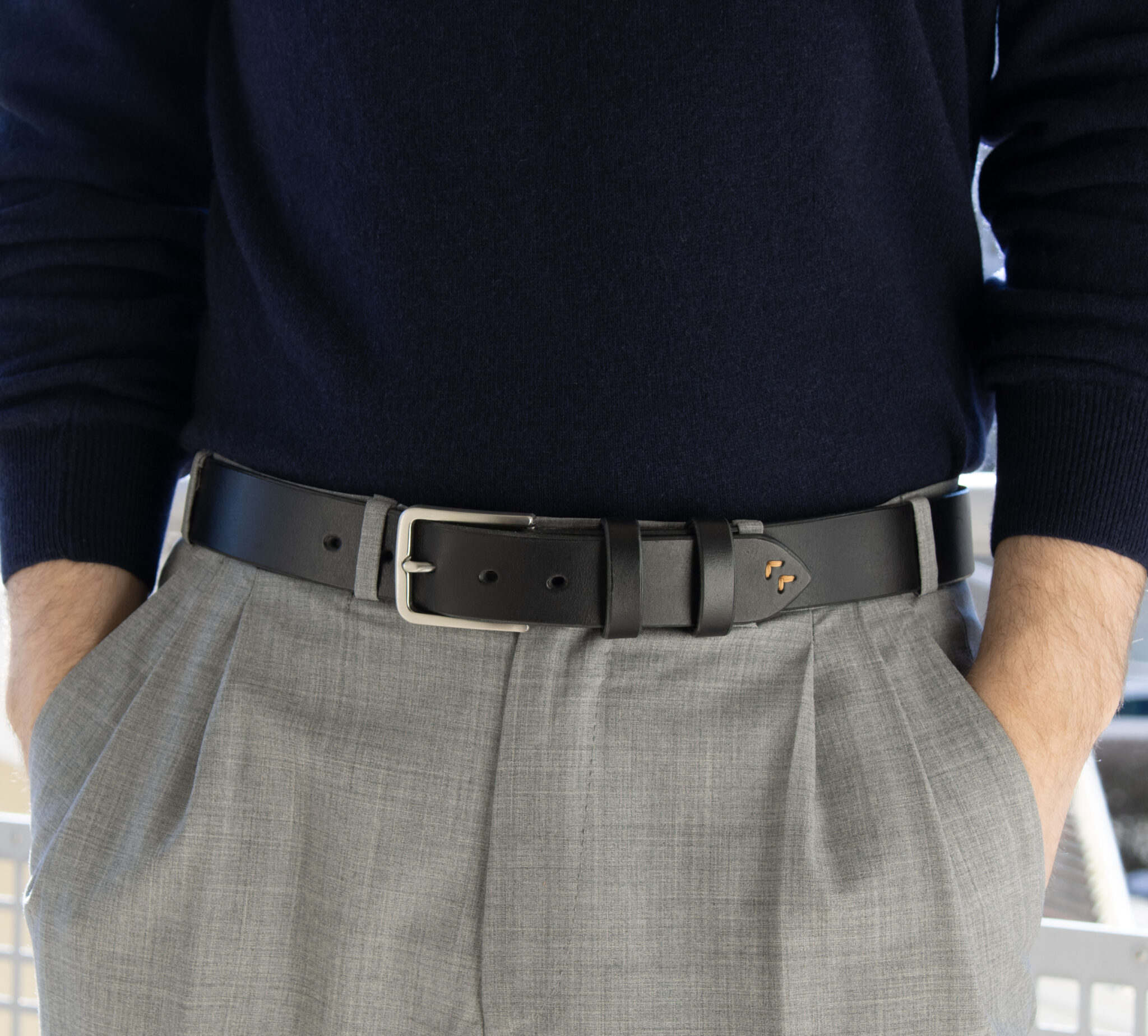
The FredFloris Kickstarter Campaign(Ended)
Before concluding, we want to remind you of our exciting Kickstarter campaign, running until June 23rd 2023. We invite you to join a movement that appreciates the authenticity, craftsmanship, and longevity of handmade leather belts. This is your chance to secure one of our belts at a special price.
Conclusion
And there you have it, a captivating journey through the history of leather belts. From ancient Egypt to modern times, belts have evolved, adapting to the changing needs and styles of society. At FredFloris, we’re proud to carry on this legacy, crafting high quality leather belts that combine tradition and innovation.
